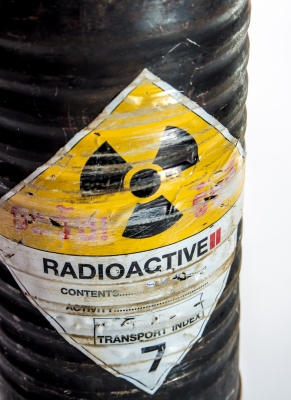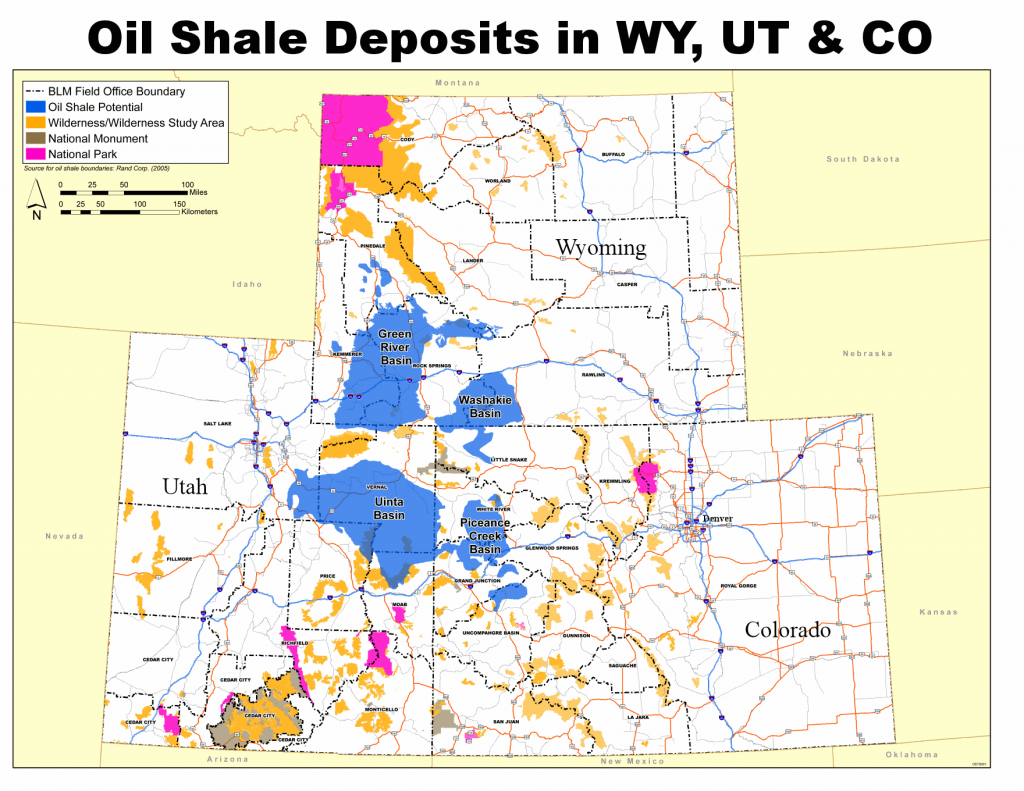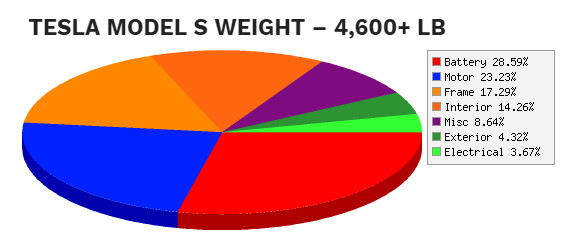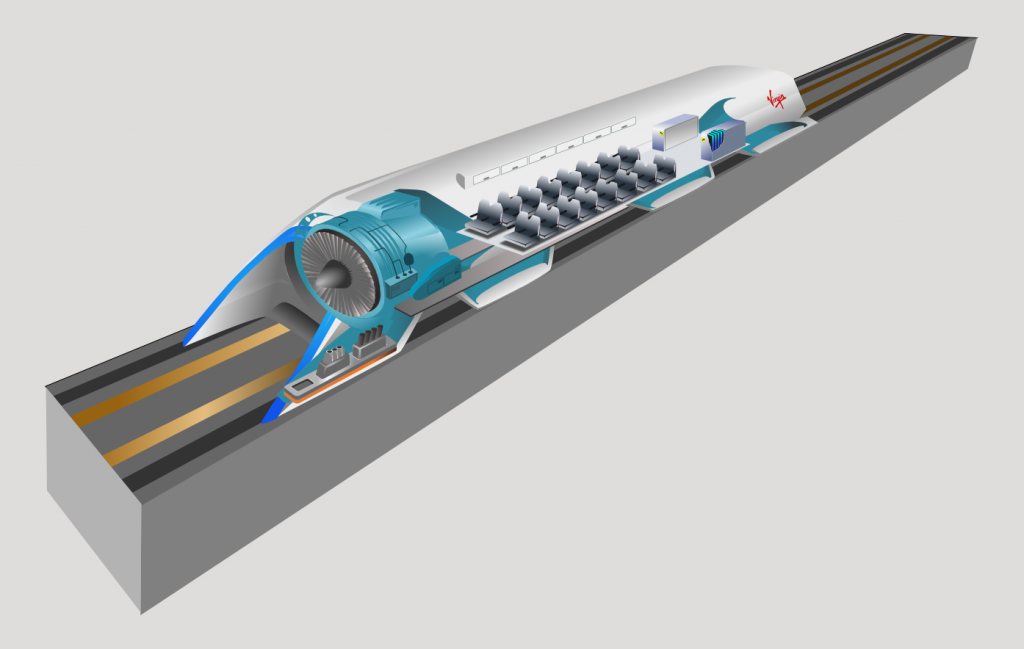Graphene burst into the general consciousness in 2010, when the Nobel Prize committee brought its discovery to the attention of the world with its almost sci-fi inspired properties. Graphene is the strongest material ever tested, efficiently conducts heat and electricity, can be levitated by neodymium magnets and is nearly transparent. Graphene is a form of carbon that is so thin it is actually just a single layer of carbon atoms arranged in a hexagonal lattice. Since it is only a single atom thick it is considered two-dimensional rather than three dimensional.
Scientists had theorized about graphene for years, and although it had been unintentionally produced in small quantities for centuries it was not mass produced. It was originally observed via electron microscopes in 1962, but it was studied only while supported on a metal surface.
Then in 2004, Andre Geim and Konstantin Novoselov were able to isolate and further study it at the University of Manchester. This work resulted in them winning the Nobel Prize in Physics in 2010 “for groundbreaking experiments regarding the material graphene.”










